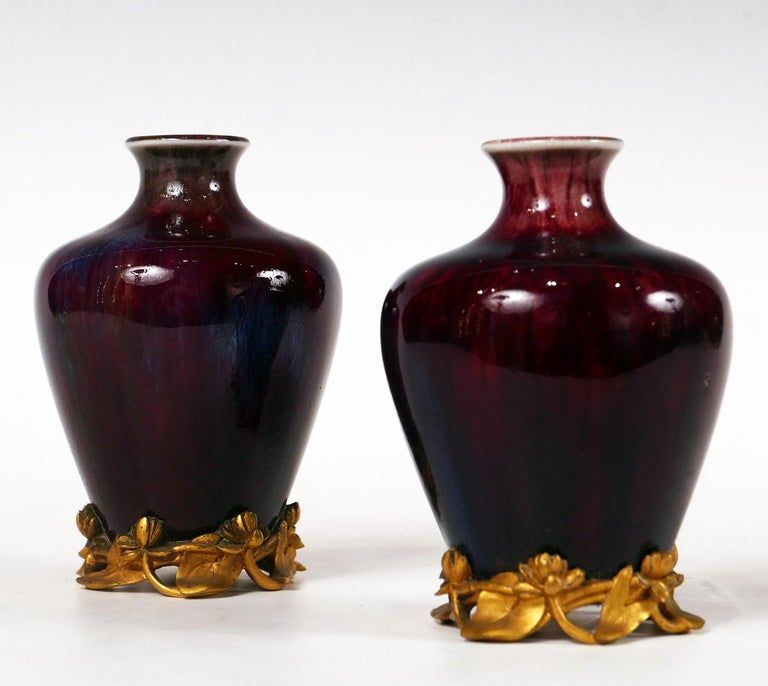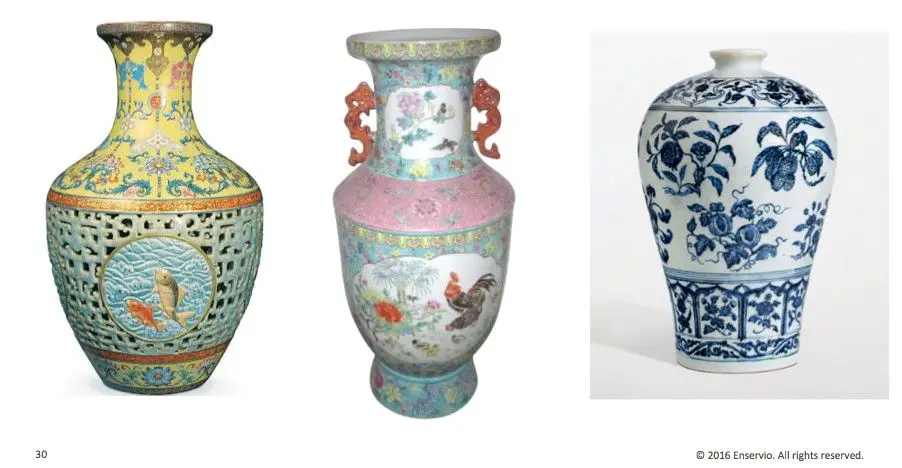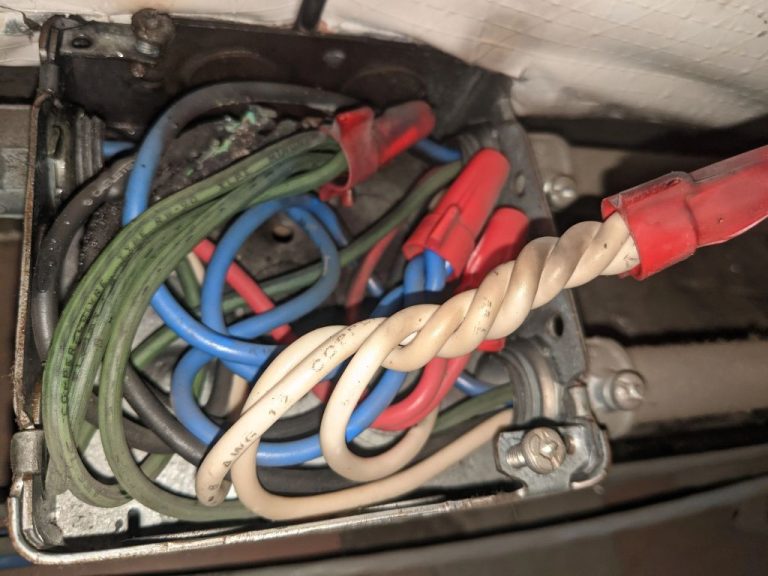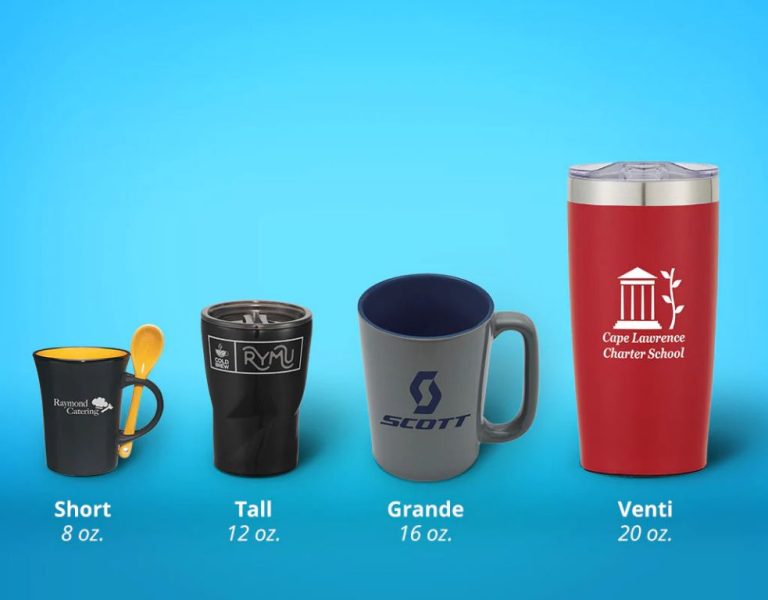What Pottery Marks Are Worth Money?
Pottery marks can greatly impact the value of a piece of pottery. Certain marks and signatures from renowned artists or historical periods can make an otherwise ordinary piece of pottery extremely valuable to collectors. This article will provide an overview of some of the most valuable and sought-after pottery marks that collectors look for when determining the worth of a piece.
Age
Older pieces of pottery tend to be more valuable, especially if they are from well-known eras like Victorian, Art Nouveau, and Art Deco (source). Antique pottery over 100 years old is often desirable to collectors and commands higher prices at auction. The age adds to the rarity and historical significance of the item. Pieces made during important artistic movements or time periods also have added value. For example, Victorian majolica pottery from the mid-late 19th century brings high prices due to intricate decoration and designs. Likewise, Art Nouveau pottery from 1890-1910 and Art Deco pottery from the 1920s and 30s are popular with collectors.
Rarity
The rarity of a piece of pottery can significantly impact its value. Marks from limited productions, custom orders, or one-of-a-kind pieces tend to be more desirable to collectors. Some pottery marks indicate that the piece was specially commissioned or made in very small quantities. For example, pieces marked with a crown or a coat of arms were often custom-made for royalty or aristocracy. Other clues that a piece may be rare include marks indicating it was made for a specific event, location, or purpose.
Marks from renowned workshops that operated for a limited time also indicate valuable rarity. Potters who worked independently and marked each of their few works also command a premium. The uniqueness of the mark itself can denote rarity too. Exclusively custom marks, those tied to an individual artist rather than a company, are rarer than typical batch marks on assembly line productions. The fewer pieces bearing any given mark, the higher the market value tends to be.
For collectors seeking valuable rarities, one-of-a-kind sample wares, pre-production pieces, and those with slight imperfections suggesting they were hand thrown carry extra appeal and value. With so few in existence, the market for genuinely rare marked pottery remains strong.

Maker’s Marks
One of the primary ways to identify valuable pottery is by looking for maker’s marks. Many porcelain and pottery makers have distinctive marks that they put on the bottom or backstamp of each piece produced. Here’s an overview of some of the most valuable marks to look for.
Royal Doulton, one of the most prestigious English pottery brands, has been producing tableware and collectibles since 1815. Their pieces have marks that include their name, often a lion and crown symbol, and marks like “Royal Doulton England” or “Rd No” plus a number. Royal Doulton character jugs, figurines, and early art pottery can be quite valuable.
Moorcroft pottery, founded in 1897, is known for their brightly colored art pottery with flower and fruit motifs. Their marks include the Moorcroft name, the year of production, the words “Designed by” plus the artisan’s name, and an impressed Moorcroft signature. Authentic pre-war Moorcroft can sell for thousands.
Other especially valuable maker’s marks to look for include Meissen crossed swords, Wedgwood, Rörstrand’s three interlocking rings, Rosenthal’s stylized R, Limoges, Hull, Roseville, Weller, and Rookwood.
Quality
The quality of materials and craftsmanship are key factors that determine the value of a piece of pottery [1]. Pottery made with high quality clays that are free of impurities results in pieces that are more durable and have better aesthetic properties. Similarly, glazes made from high grade materials like quartz and feldspar produce brilliant colors and stunning visual effects. Pieces embellished with 18 karat gold leaf accents or platinum highlights also command premium prices [2].
Expert craftsmanship is equally important in creating valuable pottery. Complex shapes, precise detailing, and ornate decorative elements require great skill to execute flawlessly. Thinly potted pieces with finely thrown walls exhibit technical mastery. Smooth, professional glaze applications and hand-painted designs showcase artistic talent. Marks from esteemed studios employing master artists indicate elite craftsmanship and boost value. Overall, pottery of exceptional quality where no effort or expense was spared in materials and technique is highly prized by collectors.
Condition
The condition of a piece of pottery is one of the most important factors in determining its value. Pristine pieces with no damage or restoration are significantly more valuable than those with flaws or repairs. Even minor chips, hairline cracks, staining, or fading can drastically reduce the price collectors are willing to pay.
Premium prices are reserved for pottery in mint condition that shows no signs of wear or use. These flawless examples allow collectors to fully appreciate the artistry, design, and craftsmanship that went into creating the piece. Damage removes some of the aesthetic appeal.
Restoration attempts through gluing chips or filling cracks also negatively impact value. Even when done skillfully, repairs make the item less authentic and detract from its rarity. Furthermore, damage and repairs create uncertainty about the item’s structural integrity. Collectors want assurance that any investment will remain intact for display purposes. Pristine condition provides that confidence.
In appraising pottery, deductions ranging from 10% for minor flaws up to 90% for extensive damage are common. Pieces requiring restoration often sell for a fraction of the price of pristine examples. So condition is a critical determinant of what pottery marks are worth money in the collectors’ market.
Authenticity

The authenticity of an antique pottery piece is crucial in determining its value. Verified antique marks from renowned makers greatly increase value compared to unmarked pieces or newer reproductions. Collectors are willing to pay premium prices for pottery that can be definitively attributed to a certain time period, maker, or region.
Some of the most valuable and coveted pottery marks include those from Meissen, Royal Copenhagen, Satsuma, Rose Medallion, Royal Vienna, Royal Doulton, Wedgwood, Royal Worcester, Limoges, Delft, and Weller. These makers produced high quality wares often decorated with intricate patterns and designs. Their works are hallmarks of different eras and styles.
To verify authenticity, experts examine the style of the mark itself, the registration codes if present, the method of application (underglaze vs overglaze), and whether the mark corresponds properly to the time period the piece was supposedly created. Specialized reference books documenting pottery marks over decades are invaluable resources. Authentication services are also available to conclusively date and attribute antique pottery.
With the proliferation of modern reproductions, verifying authenticity is paramount. Collectors are willing to pay vast premiums for pottery with ironclad provenance from respected antiquarians or auction houses like Christie’s and Sotheby’s. Documented history of previous ownership also adds to value.
In short, authentic antique pottery marks are far more valuable than unmarked pieces or modern copies. Marks conclusively prove provenance and allow collectors to correctly date and attribute their ceramics.
Provenance
The documented history and ownership record of a piece of pottery can significantly influence its value. Items that can be traced back to a well-known artist, studio, or origin tend to be more desirable to collectors and museums. According to this article from Pottery English (https://pottery-english.com/identify-valuable-pottery-marks/), provenance establishes authenticity and helps determine the true age and origins of a piece.
Markings that identify the country of origin or specific pottery studio can aid in establishing provenance. The more complete the record of previous owners and locations, the better. Provenance adds to the story and significance of a ceramic item, increasing interest among serious collectors.
Demand
The current demand for certain pottery marks can greatly impact their value and price. Items that are currently popular among collectors and interior designers tend to have higher market value. Some factors that drive collector demand include:
- Nostalgia – Vintage and antique pottery from the late 1800s to mid 1900s often appeals to those looking to decorate with pieces that evoke nostalgia or have historical significance.
- Rarity – Very rare pottery marks, limited edition pieces, and those produced by potters with small outputs are in high demand among serious collectors.
- Reputation – Marks from potteries and artists with famous reputations like Royal Doulton, Moorcroft, Clarice Cliff, and Josiah Wedgwood tend to command premium prices.
- Stylistic trends – Pottery in currently fashionable styles like art deco and mid-century modern often see peaks in demand and value.
Monitoring auction results and collector forums can provide insight into marks that are rising in popularity and value. The desire for novelty and uniqueness among collectors also means previously undervalued marks can suddenly spike in demand once “rediscovered.” Paying attention to trends in interior design and collecting is key to spotting pottery marks that may bring higher prices due to elevated demand.
Sources:
[1] https://www.wikihow.com/Valuable-Pottery-Marks
[2] https://pottery-english.com/valuable-pottery-marks/
Conclusion
In summary, the most important factors that make pottery marks valuable include the age, rarity, quality, condition, maker’s reputation, and demand for the piece. Marks from renowned porcelain makers like Meissen, Royal Doulton, and Wedgwood on pieces in pristine condition will fetch the highest prices. The older and rarer the marked piece, the more desirable it becomes to collectors. Authentic marks on quality porcelain and pottery in good condition indicate value. Provenance providing ownership history increases value. Marks that drive high demand at auction make pieces highly prized. There is much to learn about identifying and assessing valuable pottery marks. With some research and examination, you may uncover treasured finds bearing prestigious logos and insignias.



